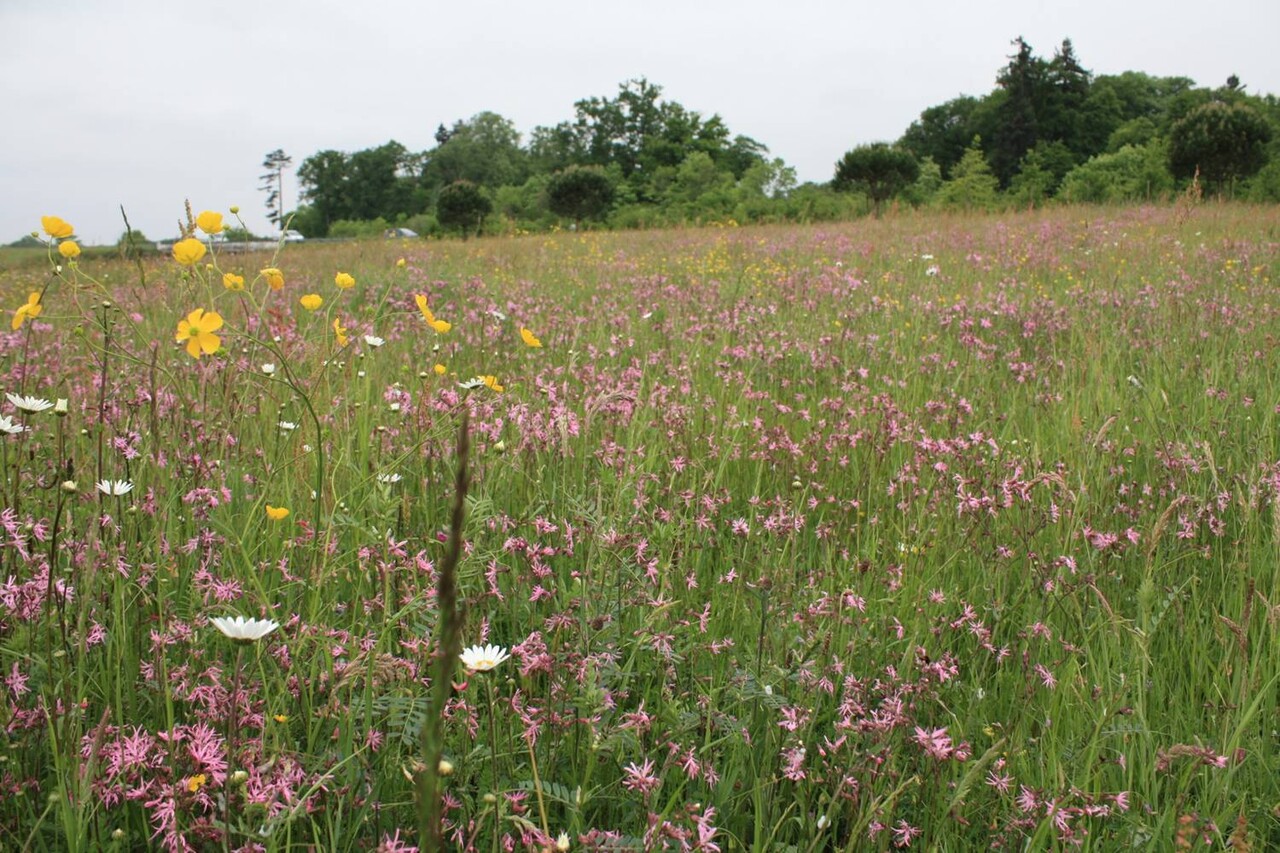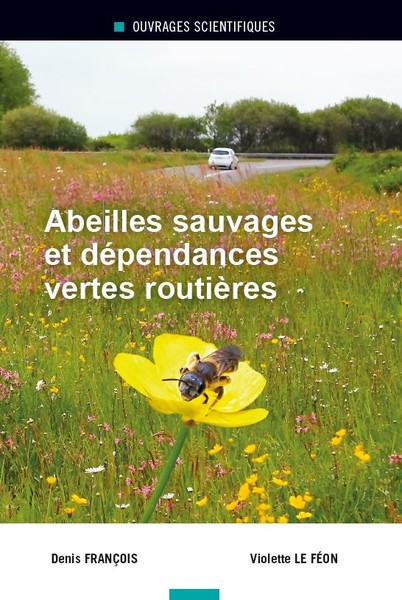Insertion of Transport Infrastructures
Environmental assessment and optimization
This research addresses the consequences of land reassignment induced by new projects as well as the effects of construction, operation and maintenance of infrastructures on territories, more or less natural or impacted by human activities.
This research aims to identify and assess the effects both on biotic targets (flora, fauna) and abiotic targets (air, water, soil), regarding linear transport infrastructures (LTI, such as roads, motorways, railways…) but also sites specifically bound to the production of materials necessary to the construction and maintenance of LTI (eg quarries; sites for the elaboration of alternative materials such as reclaimed concrete…). LTI are thus studied in their phase of construction as well as operation-maintenance. Resources considered in this research are thus mineral materials, water, soils (as raw material) and the used space, of different nature (natural habitats notably). The results of this research are designed to contribute to the development of an environmental management aiming to limit and/or compensate impacts bound to these infrastructures, sites and activities. This is achieved under the form of methodologies for decision making for opportunity studies, technical choices, alignment choices… as well as under the form of methods for the management of LTI allowing the limitation/compensation of impacts.
Another part of this research is about indicators of environmental impacts of LTI (bound to the use of material and energetic resources, and environmental disturbances at various scales). Indeed, the sets of indicators available today in tools such as ECORCE 2 are either too limited to provide a comprehensive assessment of impacts, or too broad, with sometime contradictory trends depending on the indicators taken into account. A work is underway in order to assess the relevance and the robustness of some of these indicators for road engineering, and to select and aggregate these indicators in order to obtain a relevant method for the assessment of road infrastructures. In addition, assessment approaches available today do not consider (or poorly) the operation phase, despite their energetic issue (topic n°2). The research aims to incorporate the operation phase into assessment methods.
From now, development projects must include mitigation actions in order to offset the negative environmental impacts of land developments. New developments have to be mitigated through creation or restoration of natural habitats more or less far from the impacted site. Considering that environmental amenities are only beneficial to nearby population, we seek to understand the possible welfare redistribution resulting from this transfer of natural resources.
Safety diagnosis
The objective is to study the effect of infrastructure characteristics (geometry, surface characteristics) on the risks to which users are exposed in order to develop multi-criteria indicators and propose innovative diagnosis methods.
This work is based on statistical approaches (analyses of accidents databases) and a comprehensive study of the interaction between infrastructure and vehicle (modelling, experiments). Works will focus on the development of risk indicators for light vehicles and trucks in order to characterize zones of the infrastructure understudied (freeway access ramps, roundabouts), especially on the secondary road network which represents future safety issues.
Finally, current diagnosis tools (Alertinfra, AlertinfraPL) can be improved by introducing reliability approaches in the risk evaluation. These approaches would allow consider the variability of influential parameters like road surface skid resistance, infrastructure characteristics (radius, cross slope), the vehicle dynamic behavior and the users’ behavior.






